The
Town Bridge , Bradford on Avon
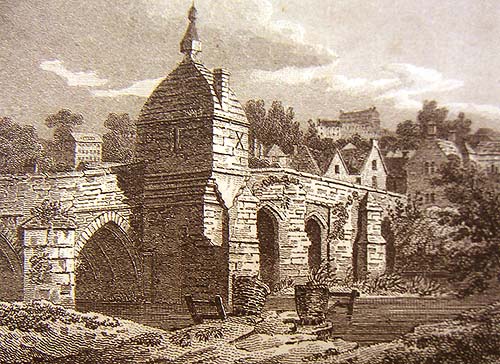
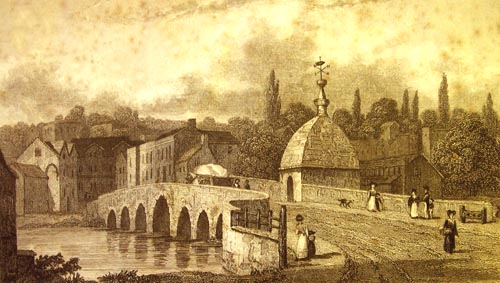
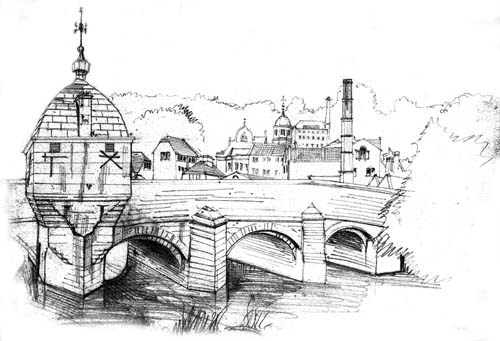
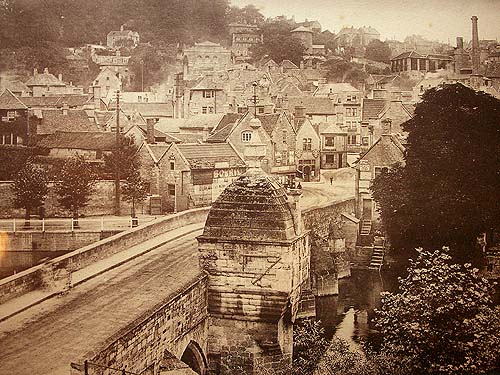
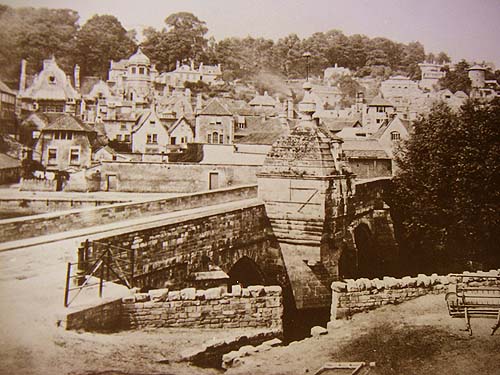
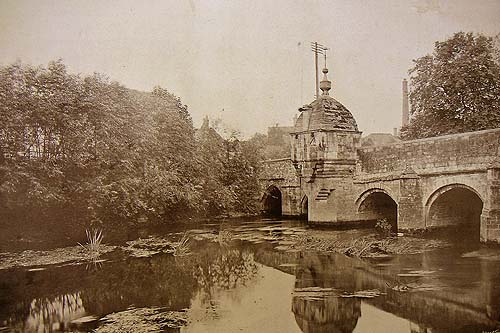
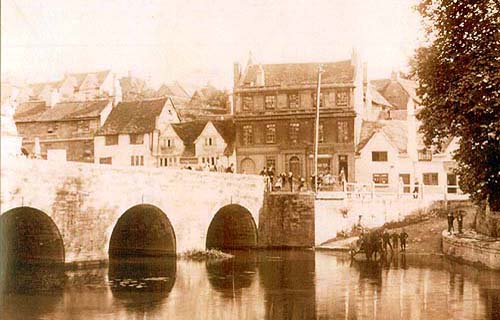
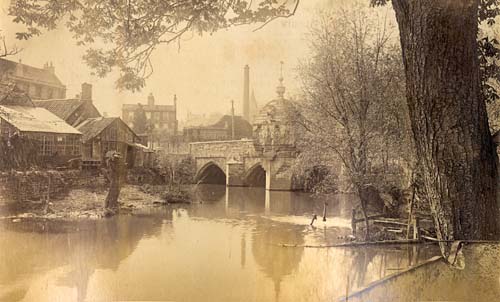
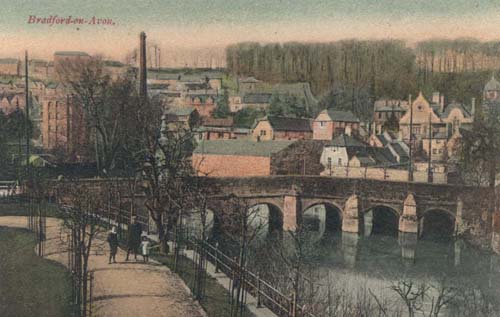
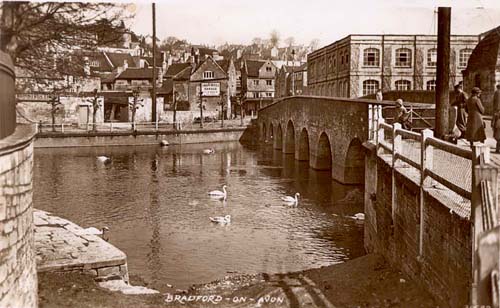
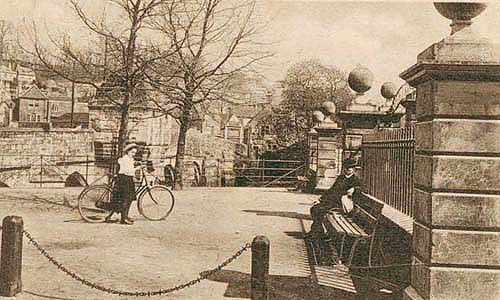

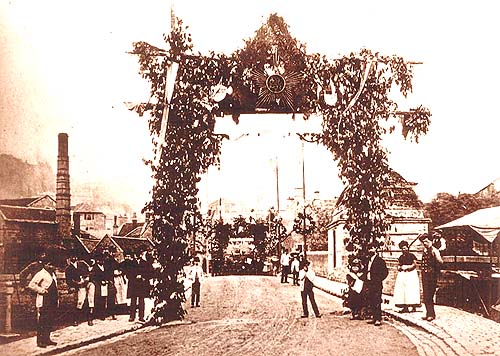
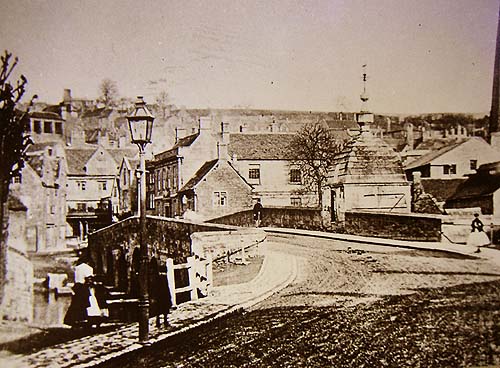

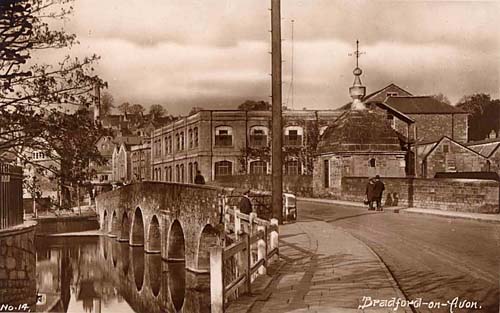
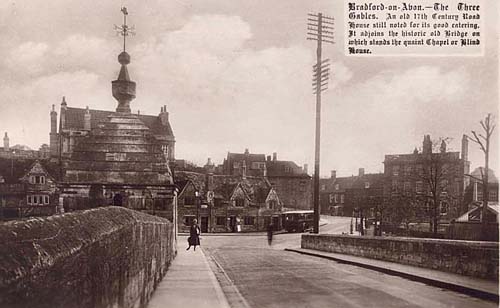
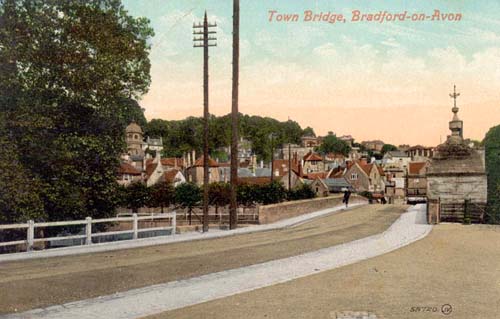
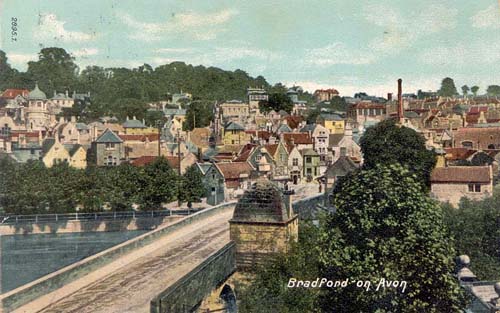
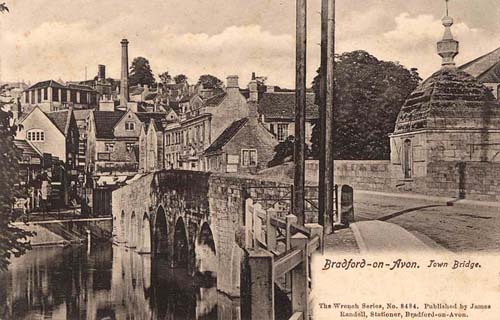

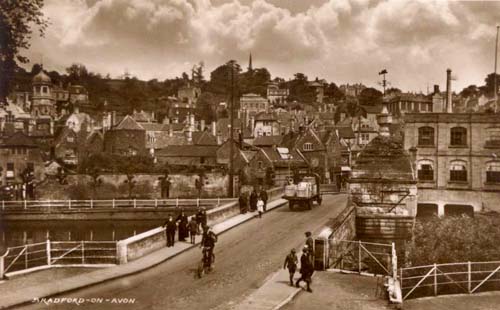
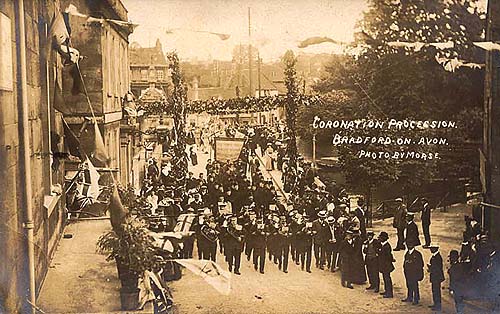


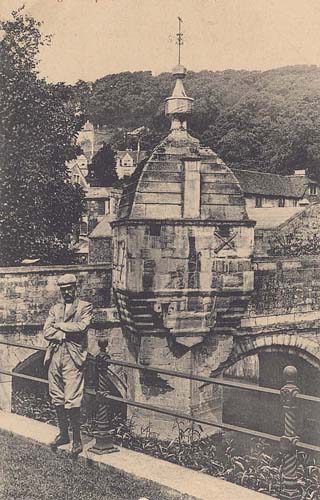
An interesting letter is extant, which connects the chapel, or blind house with the labours and difficulties of John Wesley. It was addressed to him by a Mr. Wm. Hitchens, and runs as follows :-
28th February, 1757.
Reverend and Dear Sir,
When I was at Freshford on the 30th of January in the morning, I scrupled singing these words " Ye now afflicted are and hated for His name, And in your bodies bear the tokens of the Lamb." I thought I was not afflicted nor hated for the name of Christ. But this scruple was soon removed.
For at Bradford in the evening I was pressed for a soldier, and carried to an inn where the gentlemen were.Mr. Pearce, hearing of it, came and offered bail for my appearance the day. They said they would take his word for ten thousand pounds but not for me; I must go to the Round House the Little stone room on the side of the Bridge: so thither I was conveyed by five soldiers. There I found nothing to sit on but a stone and nothing to lie on but a little straw : but soon after a friend sent me a chair on which I sat all night. I had a double guard 12 soldiers in all, two without, one in the door and the rest within. I passed the night without sleep, but not without rest o for, blessed be God, my peace was not broken a moment. MY body was in prison, but I was Christ's freeman; my soul was at liberty; and even there I found some work to do for God; I had a fair opportunity of speaking to them who durst -not lease me and I hope it was not in vain.
In the morning I had leave to go to a private house with only one soldier to guard me. About three in the afternoon I was carried before the Commissioners, and part of the Act was read which empowered them to take such able bodied men as followed no business and had no lawful or sufficient maintenance.
Then I said, "If these are the men you are to take, I am not a proper person; for I do follow a lawful calling in partnership with my brother, and have also an estate." The Justice said, "If you will make oath of that, I think we must let you go!" but the Commissioners said, "no man could swear for himself." I said, "Gentlemen, give me time and you, shall have full proof! After a long debate, they took a fifty pound bond for my appearance on that day three weeks.
All the time I could bless God that he counted me worthy to suffer for His name's sake. The next day I set out for Cornwall. I tarried at home four days, and then, setting out with my brother James, came to Bradford last Saturday. On Monday in the afternoon I appeared before the Commissioners, with the writings of my estate. When the Justice had perused them, and my brother had taken his oath, I was set at liberty.So the fierceness of man turns to God's praise, and all this is furtherance of the Gospel. I hope you will return God thanks deliverance out of the hands of unreasonable and wicked men.William Hitchens.
The building was also at times used as a toll-house; and tolls token on beasts going to the Saturday market.-extract from Rev. Jones History of Bradford on Avon
In the deeds, which have been already alluded to, we meet with the names of some of the Chaplain Priests. Adam Attewell and John Middleton were two of them. By a deed dated 7 Henry V. (A.D. 1420), Reginald Halle provides for the endowment of a chaplain to serve at the altar of St. Nicholas m the Church of the Holy Trinity at Bradford.3 A few years later we find Thomas Horton. founding a Chantry, and probably
1 Of this chapel on the bridge, J. C. and C. Buckler in their "
Remarks on Wayside Chapels " say, (p. 25)-" This little room,
which still retains its doorway on the footpath, and is domed over with
ribbed stone-work, appears to have been partially altered or wholly rebuilt
from the level of the floor. The supporting corbels which spring from
the faces of one of the angular piers, and overspread each other, finally
terminating in a square platform, present perhaps an almost unequalled
specimen of ingenious construction."-extract from Rev. Jones History
of Bradford on Avon